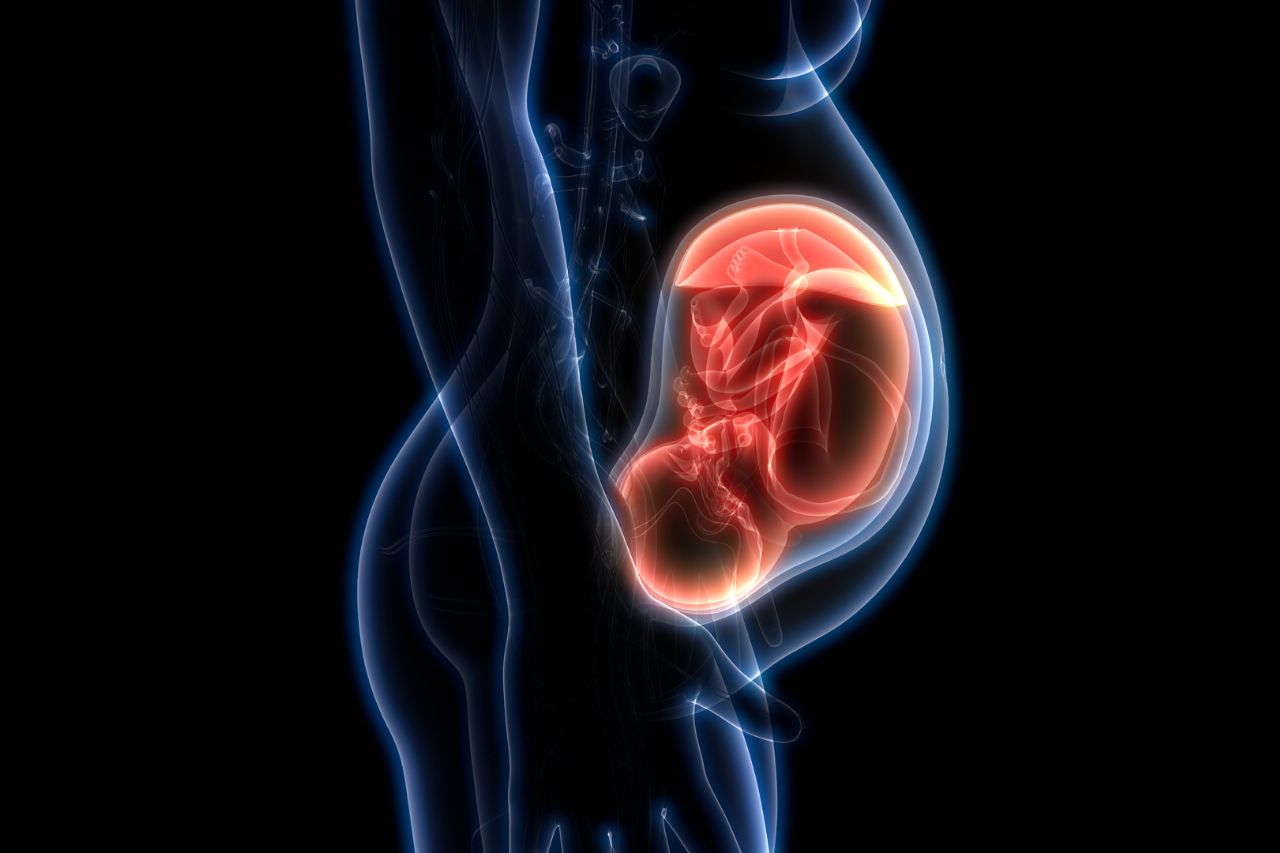What Are Braxton Hicks Contractions?

In pregnancy, uterine contractions move the baby down the birth canal and out into the world. However, many pregnant people experience what are called Braxton Hicks contractions, which don’t have that effect and aren’t part of actual labor.
Are Braxton Hicks Normal?
Not everyone who’s pregnant has Braxton Hicks contractions, but if you do, rest assured that they’re perfectly normal. They’re your body “practicing” for labor. Braxton Hicks contractions can occur as early as the second trimester and are not an indicator that labor will start soon.
Even so, if you have questions about contractions or any aspect of your pregnancy, you should contact your care team. They’re happy to talk with you about what you’re experiencing and explain the cause.
What Do Braxton Hicks Contractions Feel Like?
Braxton Hicks contractions are often compared to mild menstrual cramps. They’re typically uncomfortable but not painful. You experience the sensation in the front of your abdomen, not in the lower part of your uterus or your back. And although there’s discomfort, you can continue walking, talking, or whatever you’re doing during this type of contraction.
What Do True Contractions Feel Like?
Everyone experiences labor differently, and the sensation of contractions may vary from one pregnancy to another. But, generally speaking, contractions tend to produce a dull ache in the lower abdomen and back. Some people also experience pain in their sides and thighs.
It can be difficult to walk, talk, or perform other activities during a true contraction.
Why Do You Have Braxton Hicks Contractions and What Causes Them?
Doctors don’t know for sure why Braxton Hicks contractions occur. Some believe they soften and thin the cervix.
Certain conditions or activities may make you more likely to have Braxton Hicks contractions, including:
- Having a full bladder
- Being dehydrated
- Lifting heavy things
- Being physically active
- Having sex
How Can I Know Which Type of Contraction I’m Having?
Especially for people who are pregnant for the first time, it may not be easy to distinguish between Braxton Hicks contractions and true contractions. But you can use these characteristics as your guide
- Frequency. Braxton Hicks contractions are irregular and don’t get closer together over time. True contractions are consistent and get stronger and closer together as labor progresses.
- Duration. Braxton Hicks contractions have unpredictable durations. True contractions last 30 to 90 seconds.
- Strength. Braxton Hicks contractions vary from weak to strong or vice versa. True contractions increase in strength and intensity.
- Location. You feel Braxton Hicks contractions in the front of your belly. True contractions affect your lower back, belly, or cervix and often can be felt throughout the body.
- Effect of moving. Walking, changing position, or resting if you’ve been active causes Braxton Hicks contractions to stop. True contractions aren’t affected by movement.
- Other symptoms. There are no other symptoms with Braxton Hicks contractions. When you have true contractions, your water may break, you may have bloody show, or you might lose your mucus plug.
Why Do I Sometimes Feel Pain on the Side of My Abdomen?
You have ligaments that support your expanding uterus. The sensation you feel may be what doctors call round ligament pain. It occurs when you stretch one of those ligaments by moving too quickly, sneezing, coughing, etc. Round ligament pain doesn’t indicate there’s any problem with the pregnancy or that labor is starting.
Managing Braxton Hicks Contractions
You can reduce the discomfort of Braxton Hicks contractions by:
- Resting if you’ve been moving
- Moving if you’ve been resting
- Drinking water
- Having a snack
- Emptying your bladder
- Taking a bath
- Getting a prenatal massage
- Distracting yourself by reading a good book, watching a favorite show, etc.
Remember that if you have any concerns or questions about what you’re feeling, don’t hesitate to contact your care team.
Learn more about maternity care at Baptist Health today.
Next Steps and Useful Resources
5 Signs that You’re in Labor
6 Labor Day Driving Tips
Risks of Dehydration in Pregnancy



